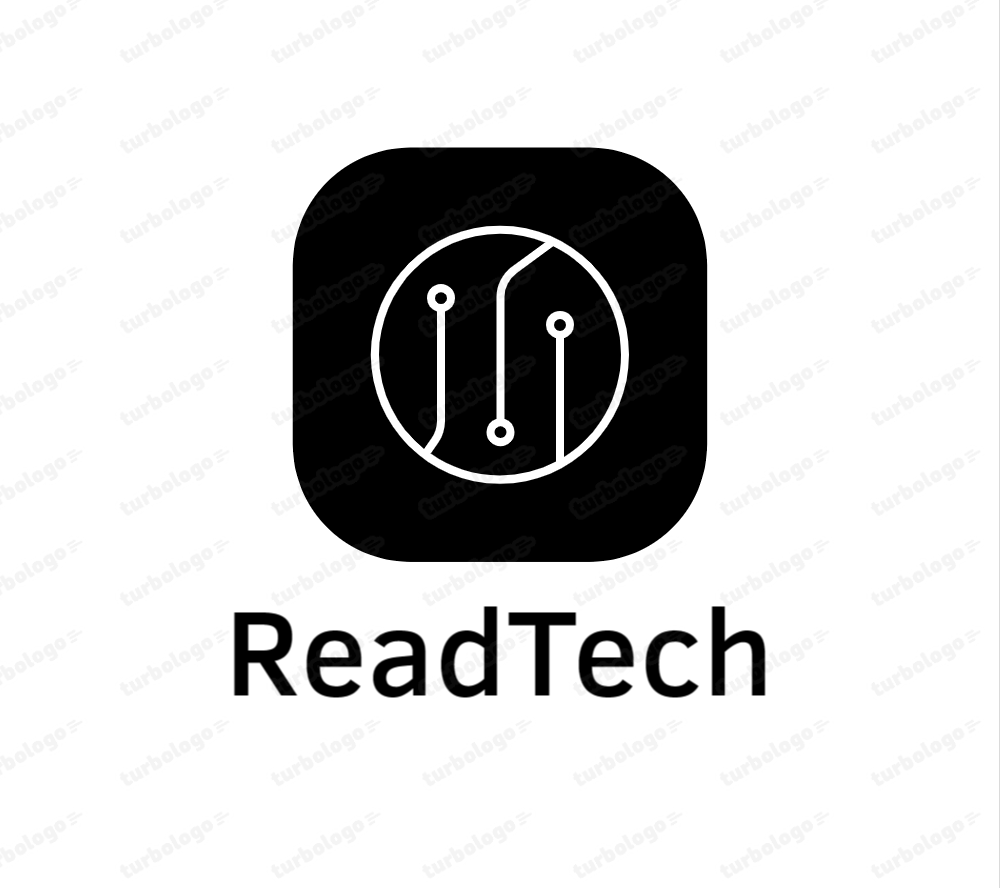Without Border Gateway Protocol (BGP) learning Networking is incomplete. In the world of the internet, BGP has the key role of connecting all devices, servers & people in the world.
BGP is
used both inside & outside of the Autonomous system (AS) not like other
routing protocols only used inside AS.
BGP Interview Questions & Answers:
- · BGP is working on which layer of the OSI
Model?
- · How many message types are in BGP?
- · BGP is TCP or UDP?
- · What is an Open sent message?
- · What are the optional parameters in the Open sent message?
- · AS number is carrying in which BGP
message?
- · How many types of BGP?
- · What is the hello & hold time of
BGP?
- · Route-refresh is in which packet
type?
- · What will be the reasons for sending Notification messages?
- · What is a withdrawn route in the update
message of BGP?
- · Which parameters are in the Update
message?
BGP is working on the Application layer of the OSI
Model & using TCP before the neighbor establishment process with TCP port 179.
Types of BGP:
IBGP:
Internal
border gateway protocol (IBGP) is used inside an autonomous system.
EBGP:
External
border gateway protocol is used between different autonomous systems.
MP-BGP:
Multiprotocol
BGP is used to carry VPNV4 routes in the MPLS VPN Network. I will explain this in
detail in the MPLS VPN sections later.
During the BGP
establishment process, different types of Packet b/w routers are sent. Today I will
explain about BGP Packet types.
BGP Packet Types:
Below are BGP message types:
- § Open message
- § Keep-alive
- § Update
- § Notification
In some
articles, the 5th packet “Route-refresh”
is also mentioned which I will explain in the below section.
After the TCP process is completed then BGP will send an Open message to Discover & maintain the BGP peer relationship.
Open
message contains Version, AS Number,
Hold timer, Router ID & some optional parameters.
Version: The current version of BGP is 4.
Autonomous Number(AS): Here AS number of the router that
sends this, by this way IBGP & EBGP connection will also be found like if the same
AS number is on the local router then its IBGP & if different then EBGP.
Hold Time: The BGP peer will be up till the end of Hold
time. The default hold of BGP is 180 seconds.
Router ID: This is part of the BGP identifier to identify the Router in the BGP Domain. It can configured dynamically
or manually. The larger loopback IP address will be Rouer ID, if no loopback then the highest IP Address of the physical interface.
Optional Parameters: if some new capability introduced in
BGP then no need to make a new version, BGP uses the Optional part to adjust
that, i-e Route-refresh, MP-BGP VPNV4 Route,4 Bytes AS Number.
Route-refresh
as I explained above some vendors mentioned this as a 5th type
of BGP message but it actually its part of Open message optional parameters.
Keep alive
Message:
To maintain
active peer relationships keepalive messages are used. This message will send
in 1/3 of the hold timer. The default hold is 180 sec & Keepalive is 60 sec but it
can change.
Update
Message:
This
message type is used to share the updated prefix routes in BGP & to
withdraw some routes that are deleted to update the peer router about that. BGP attributes are carrying an update message
with prefixes.
Notification
Message:
If some
error occurs b/w two BGP peers then Notification message will send to turn
down the BGP neighbor relationship.
The
notification message will be sent when hold timers expire or manually reset the BGP
session.
Next
section of BGP I will explain the different States of BGP & troubleshooting
steps of BGP.








0 Comments